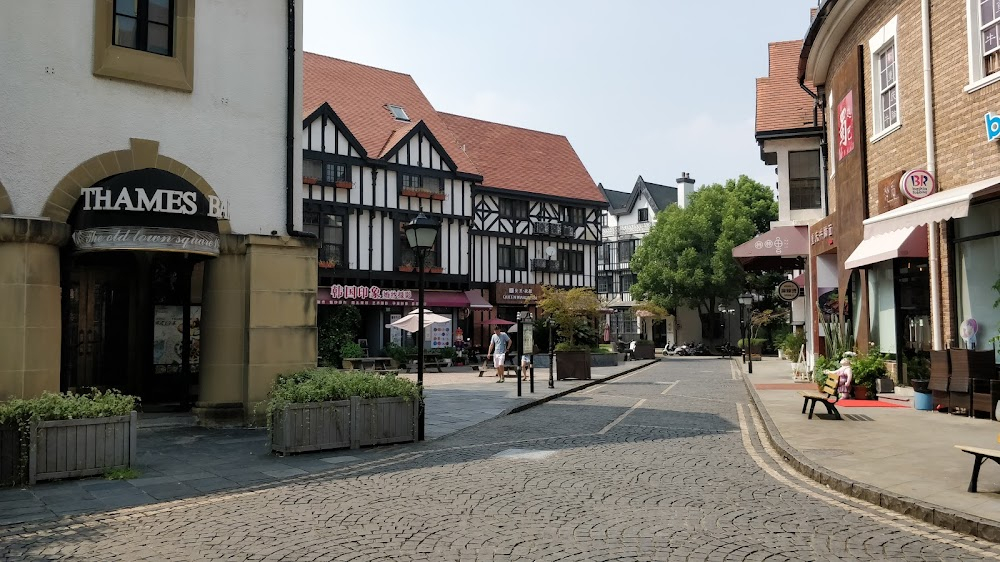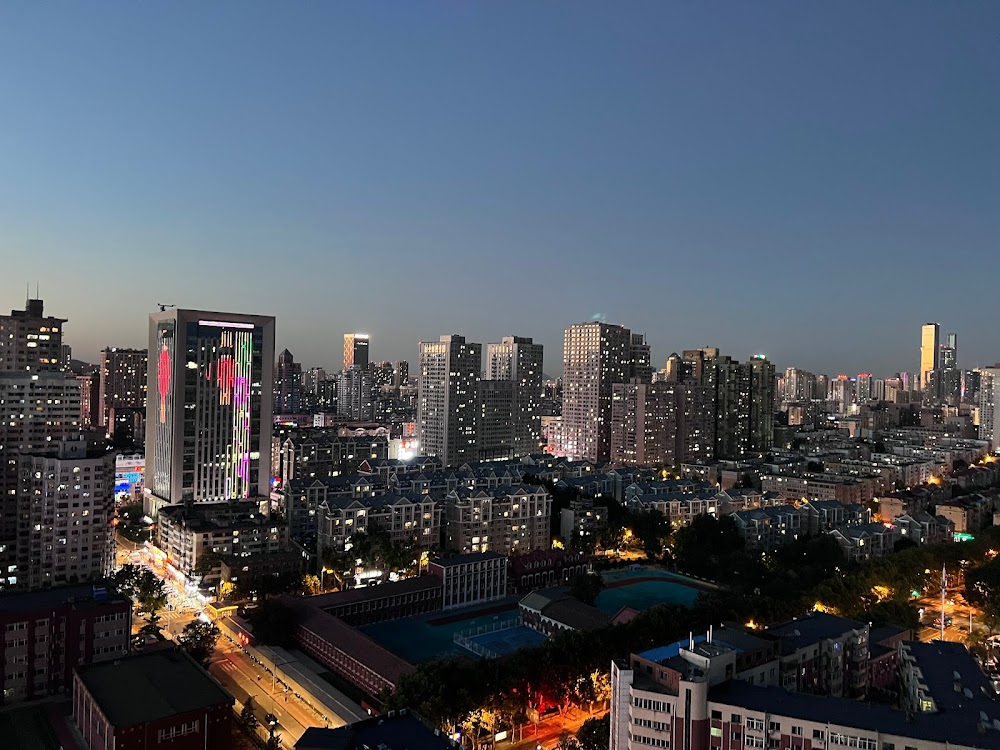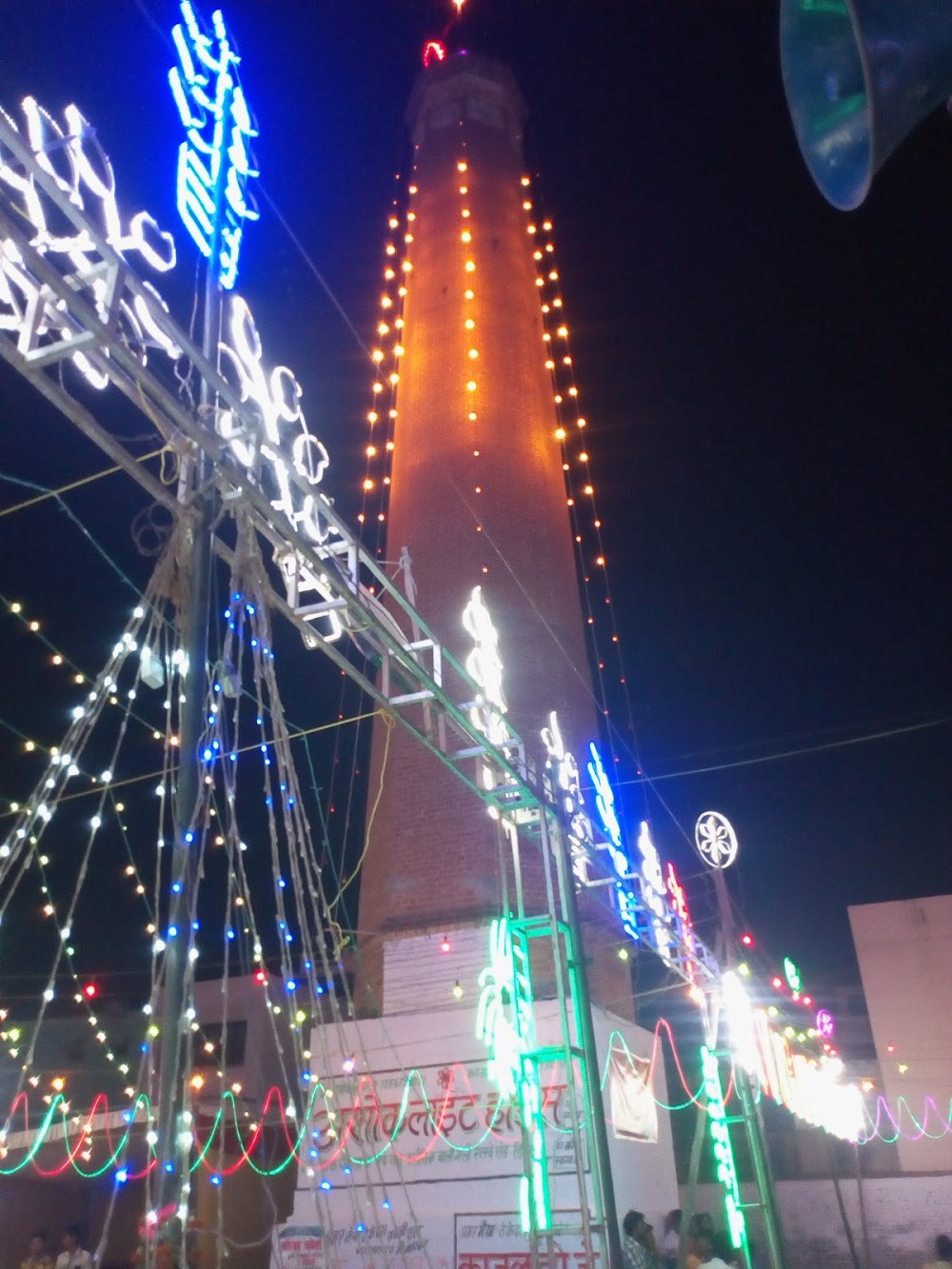Archi-faux: Vraies villes et faux monuments Filming Locations

Where was Archi-faux: Vraies villes et faux monuments filmed? Archi-faux: Vraies villes et faux monuments was filmed in 10 locations across China, Ivory Coast, France and India in the following places:
Archi-faux: Vraies villes et faux monuments Filming Locations
Wuhan, the sprawling capital of Central China’s Hubei province, is a commercial center divided by the Yangtze and Han rivers. The city contains many lakes and parks, including expansive, picturesque East Lake. Nearby, the Hubei Provincial Museum displays relics from the Warring States period, including the Marquis Yi of Zeng’s coffin and bronze musical bells from his 5th-century B.C. tomb.
Hangzhou, the capital of China’s Zhejiang province, is the southern terminus of the ancient Grand Canal waterway, which originates in Beijing. Its West Lake, celebrated by poets and artists since the 9th century, encompasses islands (reachable by boat), temples, pavilions, gardens and arched bridges. On its south bank is 5-story Leifeng Pagoda, a modern reconstruction of a structure built in 975 A.D.
Shanghai, on China’s central coast, is the country's biggest city and a global financial hub. Its heart is the Bund, a famed waterfront promenade lined with colonial-era buildings. Across the Huangpu River rises the Pudong district’s futuristic skyline, including 632m Shanghai Tower and the Oriental Pearl TV Tower, with distinctive pink spheres. Sprawling Yu Garden has traditional pavilions, towers and ponds.
Yamoussoukro is the capital city of Côte d'Ivoire, in West Africa. It's inland, northwest of the country’s economic and cultural hub, the coastal city of Abidjan. It's known for the enormous Basilica of Our Lady of Peace of Yamoussoukro, with its stained-glass windows and towering dome. The city is the birthplace of 20th-century president Félix Houphouët-Boigny, whose former palace has a crocodile-filled lagoon.
Paris, France's capital, is a major European city and a global center for art, fashion, gastronomy and culture. Its 19th-century cityscape is crisscrossed by wide boulevards and the River Seine. Beyond such landmarks as the Eiffel Tower and the 12th-century, Gothic Notre-Dame cathedral, the city is known for its cafe culture and designer boutiques along the Rue du Faubourg Saint-Honoré.
Dalian is a modern port city on the Liaodong Peninsula, at the southern tip of China’s Liaoning Province. It was founded by the Russians in 1898, and Russian Street (Eluosi Fengqing Jie) is lined with Russian-style architecture. Zhongshan Square is lined with colonial buildings in Renaissance and other styles. Popular beaches include Tiger Beach and Golden Pebble Beach.
Dibai is a city and a municipal board in Bulandshahr district. It is a tehsil City and also a constituency of legislative assembly in the state of Uttar Pradesh, India. Dibai had a population of 39902 according to census 2011.
Suzhou, a city west of Shanghai, is known for its canals, bridges and classical gardens. The Humble Administrator’s Garden, dating to 1513, contains zigzag bridges over connected pools and islands. The Lingering Garden features ornate viewing pavilions and the Crown of Clouds Peak, a striking limestone rockery. Tiger Hill is home to the 7-story, leaning Cloud Rock Pagoda at its summit.
Archi-faux: Vraies villes et faux monuments (2018)
Las Vegas isn't the only city adorned with architectural replicas. Today, you can admire the London Bridge near Shanghai, visit St. Peter's Basilica in Côte d'Ivoire, or take selfies with one of China's Eiffel Towers. These large-scale copycat monuments can seem like mirages conceived by clever real estate investors, but what do they say about imaginary geographies, modern tourism and globalized urban planning? Do they herald a world where travellers won't cross borders, or are they proof of heightened cultural exchange and new transnational identities? A captivating and poetic meditation, THE REAL THING elegantly journeys from one corner of the globe to the next-capturing a strange postcard here, an unexpected slice of life there-and collects philosophical musings from the people who design and inhabit those places. It creates an intriguing mirror game that plays with the viewer's perception and reflects an unexpected image of the world.




